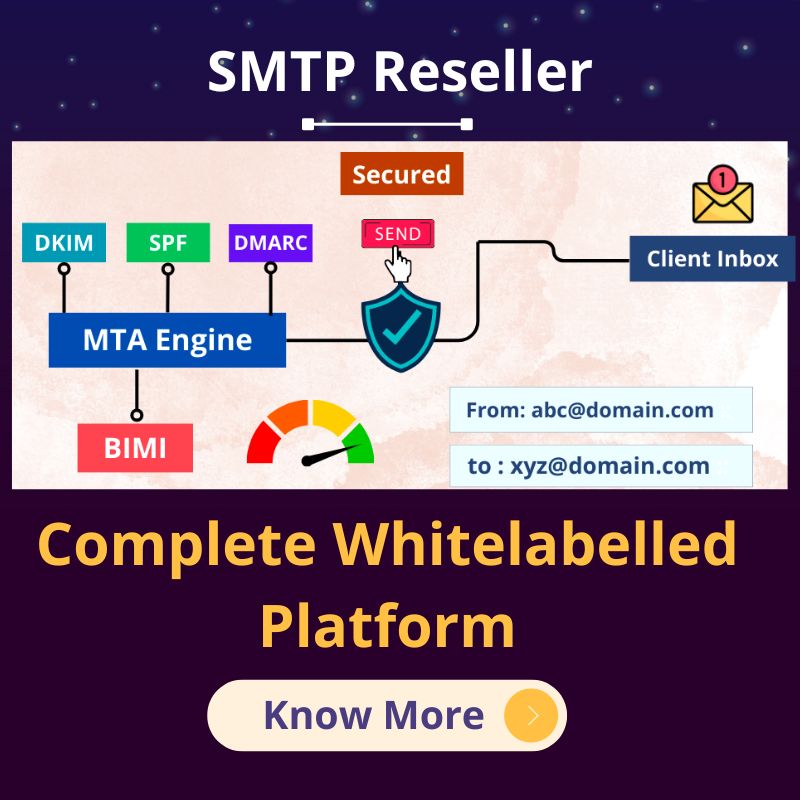In this digital age, email has evolved into a pivotal communication tool. Whether it’s for personal use, business transactions, or marketing purposes, email remains an integral part of our daily lives. But have you ever wondered how your emails are sent and received seamlessly? Enter Email APIs, the unsung heroes of the digital world. In this comprehensive guide, we’ll dive deep into the world of Email APIs, demystifying what they are, how they work, and their relevance in today’s fast-paced digital landscape.
Chapter 1: What is Email API?
Defining the Basics
Let’s begin with the fundamental question: What is an Email API? In the simplest terms, an Email API, short for Email Application Programming Interface, is a set of rules and protocols that allow different software applications to communicate with each other. Specifically, it enables external applications to send, receive, and manipulate emails without the need for a traditional email client, such as Gmail or Outlook.
How Does it Work?
Email APIs function as intermediaries between your application and the email server. When your application sends an email, it communicates with the Email API, which, in turn, forwards the message to the email server for delivery. This process is remarkably efficient and allows for seamless integration of email functionality into various software applications.
Chapter 2: Advantages of Using Email APIs
1. Automation and Scalability
Email APIs empower businesses to automate their email communication. Whether it’s sending transactional emails, newsletters, or updates to customers, automation streamlines the process, saving time and resources. Moreover, Email APIs are highly scalable, ensuring that your emails reach a growing audience effortlessly.
2. Customization and Personalization
Personalization is key in modern email marketing. Email APIs enable businesses to tailor their messages to individual recipients based on their preferences and behaviors. This level of customization can significantly boost engagement and conversion rates.
3. Analytics and Tracking
Email APIs provide valuable insights into the performance of your email campaigns. You can track open rates, click-through rates, and other metrics to gauge the effectiveness of your emails. This data-driven approach allows for continuous improvement and optimization.
Chapter 3: Use Cases of Email APIs
1. Transactional Emails
Transactional emails, such as order confirmations and password reset notifications, are crucial for businesses. Email APIs ensure the reliable delivery of these critical messages, enhancing the user experience.
2. Marketing Campaigns
Email marketing remains one of the most cost-effective ways to reach your target audience. Email APIs make it easy to send bulk emails, segment your audience, and track campaign performance.
3. Integration with CRM
Integrating Email APIs with Customer Relationship Management (CRM) systems enhances customer communication. You can automate follow-up emails, schedule appointments, and nurture leads seamlessly.
Chapter 4: FAQ
Q1: Are Email APIs secure?
Yes, most Email APIs prioritize security and offer features like encryption and authentication to protect sensitive information.
Q2: Can Email APIs be used for both sending and receiving emails?
Absolutely! Email APIs are versatile and support both sending and receiving emails, making them suitable for various applications.
Q3: Are there any limitations to using Email APIs?
While Email APIs offer incredible functionality, it’s essential to be aware of potential limitations, such as email sending limits and subscription pricing models. Choosing the right Email API provider can mitigate these issues.



